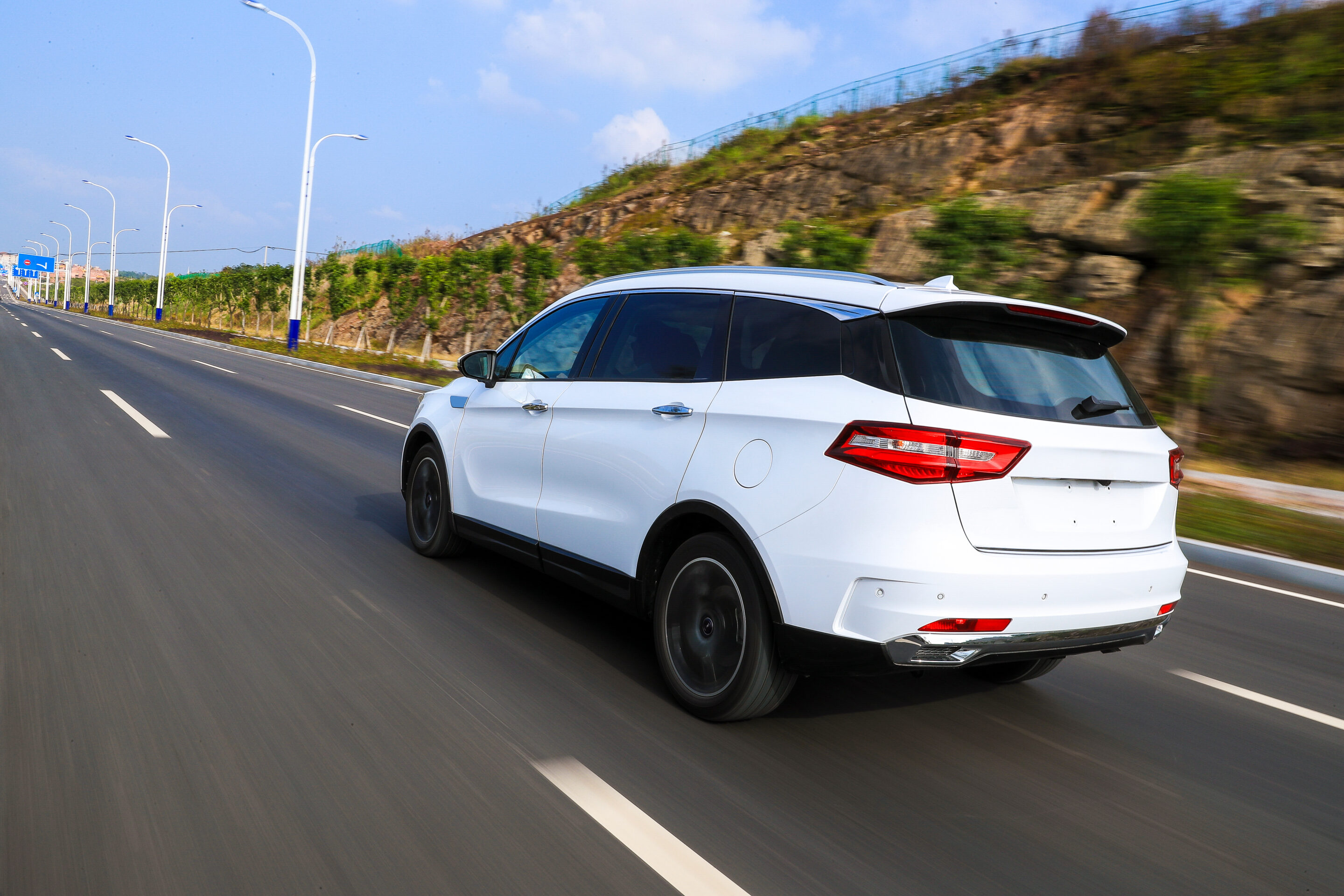According to a recent study, 49 percent of car buyers make their first contact with dealerships by walking in.
But just because it’s their first actual contact with you doesn’t mean they are at the start of their process. Quite the opposite: most of these walk-ins are at the bottom of the funnel, having done around nine hours of research online, and having chosen your dealership as one of a very few they will visit, if not the only one. These shoppers haven’t given you their personal details in a lead form, but they know all about you.
Why don’t many shoppers submit lead forms? Sometimes they’ve had bad experiences– submitting leads and not actually receiving a call or being bombarded with too many calls. But there’s another important reason in today’s digital retail world: shoppers are used to easy access to information. They like to research on their own and get answers fast– and if they face obstacles, they will look elsewhere.
Which means dealerships that want to drive more foot traffic can’t rely only on internet leads. They need to also become a resource for the research stages of car shopping so that customers naturally choose them for the test drive and purchase.
So, how do you optimize your website to become this resource? Let’s start by understanding the specific goals shoppers actually have when they visit dealership websites.
What do car shoppers want to achieve online?
According to a 2016 Autotrader study, the top five online car shopper activities are: researching pricing, locating actual vehicles in their area, comparing similar models, checking trade-in value, and searching for dealer info. These boil down to the crucial questions that every car shopper has: what do I want, can I afford it, and can I get it in my area? Here are some specific strategies for providing these answers and boosting walk-ins:
Make your pricing competitive– and transparent
Everyone needs price information, but they don’t want to provide their details to get it: almost 40 percent of shoppers will not visit a dealership if prices are not listed online. And shoppers definitely don’t want to see one price online and a different one in-store. A lack of clear pricing creates a hassle. Providing it helps customers narrow their search, not only when the price is competitive, but also when it’s easy to find. 54% of car shoppers prioritize a great experience over the absolute lowest price. So with reasonable, accessible pricing, you’ll demonstrate trustworthiness and reliability, and increase the chances of customers walking into your store.
Update your inventory
With all the research they do in advance, customers are closer than ever to buying when they come to your dealership, but only if they find consistent inventory information across your online platforms. Constantly update your carousel ads on Facebook, and any offers associated with your inventory so that when shoppers click, they’re redirected to an active page– and never to an empty one that wasn’t updated after a car was sold. Smoothing the inventory search process builds trust and keeps the process moving so shoppers end up in your store.
Up your Local SEO game
When a shopper decides on a car and starts their search, it’s crucial that they find your dealership. That’s why local SEO is so important. First, make the most of your Google My Business listing: update your name, address, and opening hours, and post plenty of reviews and pictures. Next, make sure that any site that lists you has consistent information. Finally, optimize keywords on your website, focusing on terms lower-funnel shoppers would actually search for (i.e. “2018 Chevy Cruze Cleveland” instead of “Chevy cars”). All of these methods will make you more searchable.
Make your website a research resource
Customers want to comparison shop, so help them do it by keeping them on your site and avoiding redirecting at all costs. Create blogs, social media posts, and videos comparing your similar models, as well as your models vs. your competitors’. Provide clear, searchable titles like “comparison between the Camry and the Corolla.” If a shopper who searches for comparisons lands on your dealership’s website, you’ve increased website traffic and proven your dealership to be a valuable resource.
Yes, improve conversion tools
As we noted above, shoppers want to check their trade-in value. In fact, trade-in tools are typically among the highest-converting. This is a great lesson about conversion tools that actually work: when they provide a high level of value, they are likely to get more conversions. Think about it: shoppers don’t want to give you their number or wait for a phone call to get information that could easily be made public, like pricing or availability. But, when customers need something personalized for them, and you give them a simple way to get it, conversion is helpful and not an interruption. So examine your conversion tools: make sure they help your shoppers move forward at minimal effort, and remove redundant or overwhelming engagements that just get in the way. And make sure your website is personalized with machine learning to track customer behavior and show the right interactions to each customer.
Leads are still important, but there are so many other ways to reach shoppers and bring them to your dealership. Become a resource for a seamless, convenient shopping experience and you will not only encourage more foot traffic– you’ll bring in customers who already trust you and are ready to buy.








